WHO IS CAMERON PLATTER?
Cameron Platter is a contemporary artist living and working in Durban, South Africa. We discovered Cameron's work on Stefan Simchowitz Instagram account and were captivated! AND a bit later we were incredibly lucky to see his work live at the Ernst Hilger gallery, Vienna.
Cameron Platter’s works form part of the permanent collection of MoMA N.Y., The FRAC des Pays de la Loire, France, Zietz MOCAA Collection, The Margulies Collection, and the Iziko South African National Gallery,

His work has been featured in Artforum, The Los Angeles Times, The Guardian, The Wall Street Journal, Vice, NKA Journal of Contemporary African Art, L’Officiel, The BBC, Utflukt, Art South Africa, L’Officiel, The Bangkok Post, and Protocollum.
Platter lives and works in KwaZulu-Natal, South Africa.

Cameron Platter’s multi-disciplinary work reflects contemporary culture.
Using pop iconography of the ‘now’ he revels in both the worst and the most innovative inventions of our epoch.
Hidden under a surface of graphic exuberance childlike playfulness is an investigation into the underbelly of our age: of capitalism, conspiracy, moral degradation, existentialism, humanness, and suffering.
Interview between Cameron Platter and Dominique Foertig ( Founder Munchies Art Club)

I READ YOU ARE FROM JOHANNESBURG AND THAT YOU STUDIED AND LIVED IN CAPETOWN AND NOW ARE LIVING IN DURBAN. IS THAT CORRECT? LOOKING AT THE PICTURES ONLINE, IT LOOKS PRETTY AMAZING. INDIAN OCEAN, BREATHTAKING LONG BEACHES, A RIVER, NATURE RESERVES, SURFING, MOUNTAINS, BOTANICAL GARDENS, NO WINTER, IT SOUNDS PRETTY PERFECT! WHAT BROUGHT YOU HERE FROM YOUR PREVIOUS DOMICILE?
I like to go against the flow. Everyone in South Africa tends to migrate to Johannesburg or Cape Town. I ended up in Durban.
My wife is from here, there’s more space to hide out, not be bothered by anyone, and it has fantastic craftspeople and industry. And, as you mentioned, the weather is great.
You can pretty much wear flip-flops year round.

Durban, or its isiZulu name, eThekwini (which means bull’s testicles, after the shape of its lagoon) is a constantly changing, decaying and rejuvenating, parasitic 21st century post-apartheid city—a place where the Iron Age intersects with the post-internet.
Durban is not all beaches and postcards.

The gap between rich and poor is in-your-face. (South Africa has the highest unemployment rate in the world.)
You’ll see someone driving a million dollar car ignoring someone begging for pennies at a traffic light.

There’s recently been crazy violence, protest, looting, riots because of this inequality. (Google “Durban Looting”) There’s crime (because of this inequality) and corruption (also because of this and lots of other complicated reasons.)
The environment is ignored, and regarded as someone else’s problem to look after.

Recent toxic chemical spills have contaminated large parts of Durban’s coast.
What isn’t contaminated, is being mined by Shell for oil and gas. And so on and so on.
In many ways, it’s a city, a place on the edge, always on edge.
An indicator of what’s to come. An interesting, but not always easy, place to make art from and about.

CAN YOU IMAGINE LIVING ANYWHERE ELSE?
I can imagine, but I don’t think it will happen. My connection, my work, my identity, my family are tied to this place.
Pre-pandemic, when I used to travel, I’d always do this long exhale when I first arrived back home after being embraced by the sub-tropical humidity.

IT SEEMS YOU WORK A LOT, HAVE A BEAUTIFUL FAMILY, A DOG AND YOU READ MORE THAN ONE BOOK AT A TIME. HOW DO YOU TIME-MANAGE IT ALL?
“It’s Just An Illusion”

I READ YOU CAME TO CERAMICS LATER IN LIFE. HOW DID THAT COME ABOUT? DID YOU TEACH YOURSELF, OR DID YOU TAKE CLASSES?
I took an amateur ceramics class- I got into ceramics to relax and to listen to some gossip.
I had no intention of developing ceramics as artworks.

But I then got addicted to the alchemy and the reveal of the medium.
Clay and fire, and then the surprise of taking it out of the kiln. When I get into a medium, I have a tendency to start to turn the volume up, to push things as far as I can, in quite off-center ways.
And this happened with ceramics.

I work very non-traditionally in all the mediums I choose to follow.
I make pencil crayon drawings, because I want something between a print and a painting, I co-opt traditional woodcarving techniques to make assemblages of consumer junk, and I make huge psychedelic tapestries with very traditional rural weavers.
It is fitting that I fire most of my ceramic pieces in a commercial kiln, in between the bisques of urinating angels, garden gnomes and mushrooms.

WHEN YOU MOVE FROM ONE MEDIUM TO THE OTHER, HOW DOES THAT OCCUR? IS IT A SIMULTANEOUS PROCESS, WORKING ON OVER ONE PIECE AT A TIME, OR DO YOU FEEL LIKE PAINTING TODAY AND DO THAT TILL YOU FIND A MATERIAL OR INSPIRATION YOU WANT TO SCULPT?
It’s pretty simultaneous. I generally work on 2 or 3 bodies of work at the same time, and move onto one when the other is maturing/resting.
And then move onto the next while that’s percolating.
So, I’ll be designing drawings, while tapestries are being woven, designing paintings while drawings are being made, doing ceramics in all the gaps, and developing new projects in the gaps of the gaps.

As much as I’d like to work on one series in one material forever, I know couldn’t do this.
I Think Each Works Feeds Off And Relates To Others, And Makes Each More Powerful.
I’ve always worked like this, and been attracted to multiple interests, ever since I was a kid.
But this schizophrenic approach doesn’t mean that I don’t give each medium or work not enough attention.

I SEE FROM YOUR CURRICULUM THAT GALERIE ERNST HILGER HAS FEATURED YOUR WORK AND INVITED YOU TO THE VIENNA CONTEMPORARY ART FAIR IN 2016. DID YOU GET TO VISIT VIENNA?
I’ve had a number of shows with Ernst, who has been a great supporter of my work from the beginning, and I’ve been to Vienna quite a few of times.
I really like the city.

WHAT DID YOU ENJOY MOST IN OUR CITY?
The Beisls. (A Beisl is a typical Viennese bistro. Simple, cozy and traditional offering authentic Viennese cuisine).
WHERE IS YOUR STUDIO? ON THE PREMISE OF YOUR HOME OR SOMEWHERE ELSE? HOW MUCH TIME DO YOU SPEND THERE? WHAT HAPPENS WHEN YOU ARE THERE? MUSIC? WHAT DO YOU LISTEN TO? DO YOU PREFER TO WORK ALONE OR WITH PEOPLE AROUND?
My studio is under my home, so I have a 10 second down-the-stairs commute to work.
We live in a house perched in a sub-tropical forest.

On a perfect day (which isn’t interrupted by good surf or oncologist visits or life) I’m in the studio by 7am.
I’ll stop at 4pm, do some exercise, then cook dinner and relax. In bed and asleep at 11.00.
Music? When I’m thinking, planning, designing, I prefer quiet. Just ambient sub-tropical forest sounds.
When I’m doing- like drawing or painting or ceramics, I love music or podcasts.
I don’t like to work with other people. I guess I like the alone time.

DO YOU HAVE SPOTIFY? IF YES, WHAT DOES IT LIST AS YOUR TOP 5 MOST PLAYED SONGS WHEN YOU ARE IN THE STUDIO?
I listen to Iggy Pop’s weekly radio show “Iggy Confidential” on BBC Radio 6. He does a 2-hour set covering a huge range of musical styles, sharing his lifetime of insights and opinions.
It’ll brighten your life.
WHAT IS ONE THING YOU LEARNED THAT YOU WOULD LIKE TO SHARE WITH EMERGING YOUNG ARTISTS?
Take your time.

DO YOU HAVE ARTWORKS YOU MADE HANGING ON YOUR WALLS AT HOME?
We do. We walk on my tapestries everyday. We eat off my ceramics.
I like to live with some of my pieces- to see how they hold up after a month, a year.
But we also live with works by John Muafangejo, avaf, Derrick Nxumalo, Herman Mbamba, Luis Gispert, Callan Grecia, and Azaria Mbatha.
Works that have meaning for us. We like to collect when we can.

IS ANYONE ELSE IN YOUR FAMILY CREATIVE?
Gwyn (my wife) is “creative.” She’s the editor.
All my works have to get past her, before they can get made.
I think our kids are too, just via osmosis. (Although, I’m trying to steer their creativity into them becoming ruthless bloodsucking capitalists.)

CAN YOU RECALL THE TIME WHEN YOU STARTED EXPLORING YOUR ARTISTIC SIDE? WHEN YOU WERE A CHILD, WERE THERE SIGNS THAT YOU WOULD BECOME AN ARTIST ONE DAY?
I drew, and enjoyed drawing a lot as a kid, and spent quite a lot of time alone.
It was this enthusiasm for drawing, (which means you have to look and think about things) that pushed me into this path.
I’m still that kid making drawings today.

WAS YOUR SURROUNDING SUPPORTIVE?
Yes and no.
DID YOU WORK OTHER JOBS BEFORE YOUR CAREER AS AN ARTIST STARTED?
I grilled steaks professionally for a while. Plus an assortment of other jobs, which made me realize that I should really concentrate as much as I could on art.
Art is less punishing on the legs than cooking.

IF YOU COULD LEARN ONE THING IN THE BLINK OF AN EYE, WHAT WOULD THAT BE?
To be happy, and to be OK with failure.
WHEN THE PANDEMIC BEGAN AND THE FIRST LOCK DOWN TOOK PLACE, WHAT WAS GOING THROUGH YOUR MIND?
When the pandemic first hit, I was just starting to recover after heavy surgery and intense chemotherapy.
I’d sort of already been locked down for 3 months.
The uncertainty of everything was overwhelming.

AS WE ARE DOG CRAZY, AND YOUR DOG LOOKS SUPER CUTE, TELL A LITTLE ABOUT YOUR YOUR COMPANION?
Her name is Hala, after CNN presenter Hala Gorani.
She likes carrots, chilling on her beanbag, and has an incredibly long tongue.
She doesn’t like swimming, being picked up, or monkeys running on the roof.

OUR SON (13) LOVES SPENDING TIME IN THE STUDIO WITH HIS DAD. DO YOUR GIRLS SPEND TIME IN THE STUDIO WITH YOU TOO?
I have an open door policy. They know they can come in anytime.
They like building polystyrene sculptures, and drawing and painting.
They live in and with so much art, that it’s absolutely part of their lives, whether they like it or not.
My oldest kid, Lily, (11) was hanging around an install of an exhibition of mine once and said, very loudly, to me and the gallerist: “This is soooooooooo boring!” I liked that.
I felt I’d done my job, in making art just such a normal part of her experience.

AWE-STRUCK THAT YOU ARE PART OF THE PERMANENT COLLECTION AT THE MOMA. WHEN DID THIS HAPPEN AND WHAT DID IT FEEL LIKE?
It happened in 2010. It obviously felt pretty good, but also a little bittersweet.
You realise it’s all downhill after that.

WHAT ARE YOU WORKING ON AT THE TIME BEING?
Tapestries, drawings, paintings, ceramics, and nfts.

I’m giving sculpture a rest for the moment.
ANYTHING ELSE YOU WOULD LIKE TO SHARE WITH US?
Don’t Fuck the World Up!
EXHIBITIONS:
‘Public Intimacy: Art and Other Ordinary Acts in South Africa’, SFMOMA, San Francisco; ‘Imaginary Fact, Contemporary South African Art and the Archive’, 55th Venice Biennale; ‘Impressions from South Africa, 1965 to Now’, MoMA, New York; ‘Les Rencontres Internationales’, Palais de Tokyo (2014) and The Centre Georges Pomidou (2010), Paris; Le Biennale de Dakar 2010, Dakar, Senegal; and ‘Absent Heroes’, Iziko South African National Gallery.

We are so thrilled to have connected with the amazing artist Cameron Platter and are very happy he shared his work and his story with us and our viewers.
Follow Cameron Platter on Instagram
We work with a limited number of artists and galleries each season. Selected collaborations are paid and curated.
More information here.
More to read:
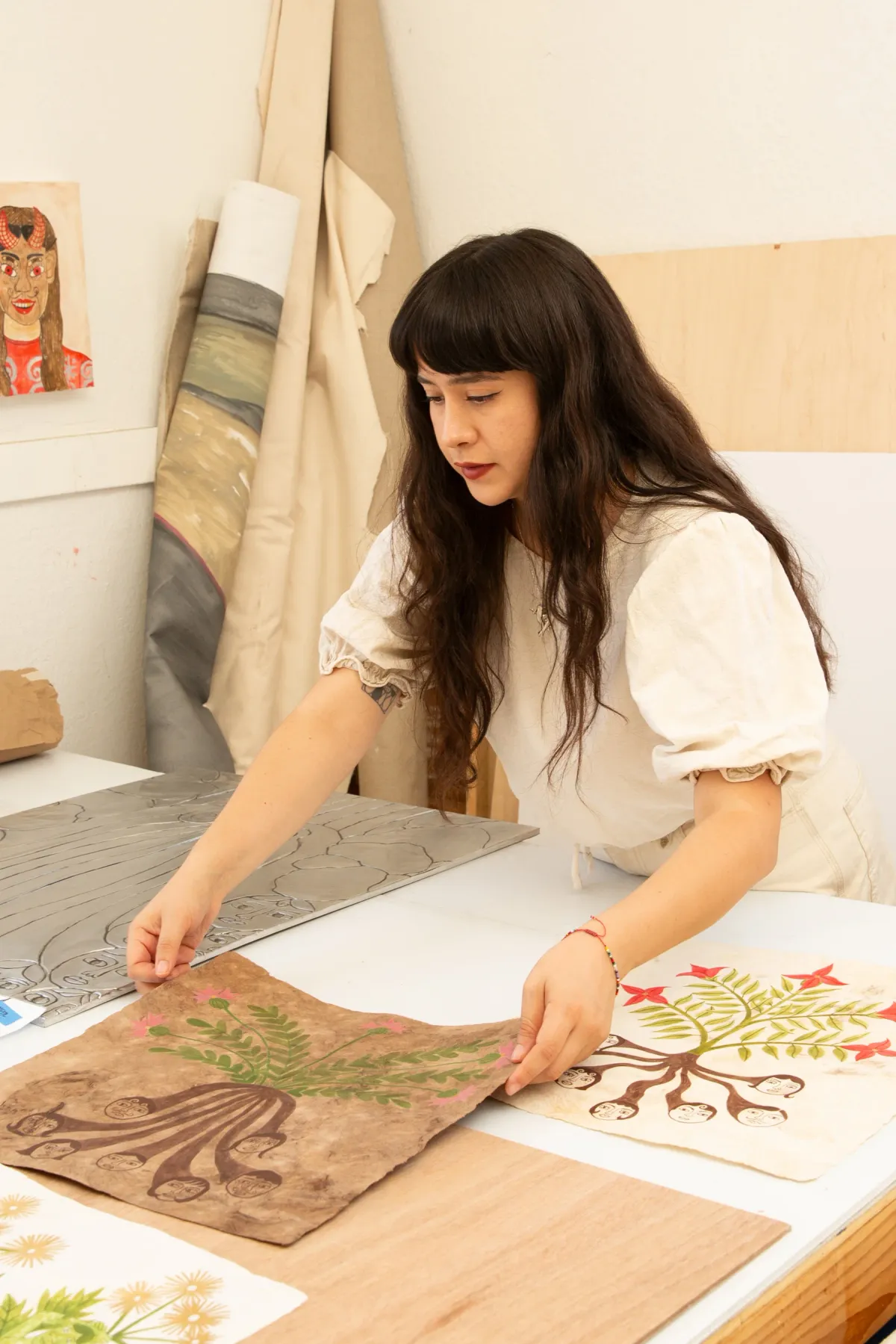
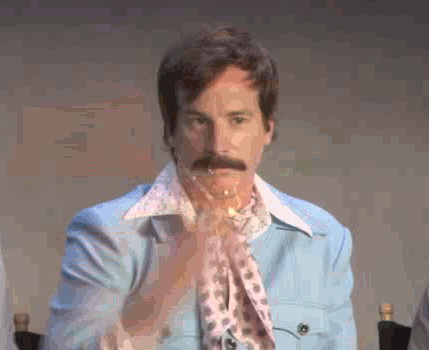
Catapult uncensored - Dominique Foertig
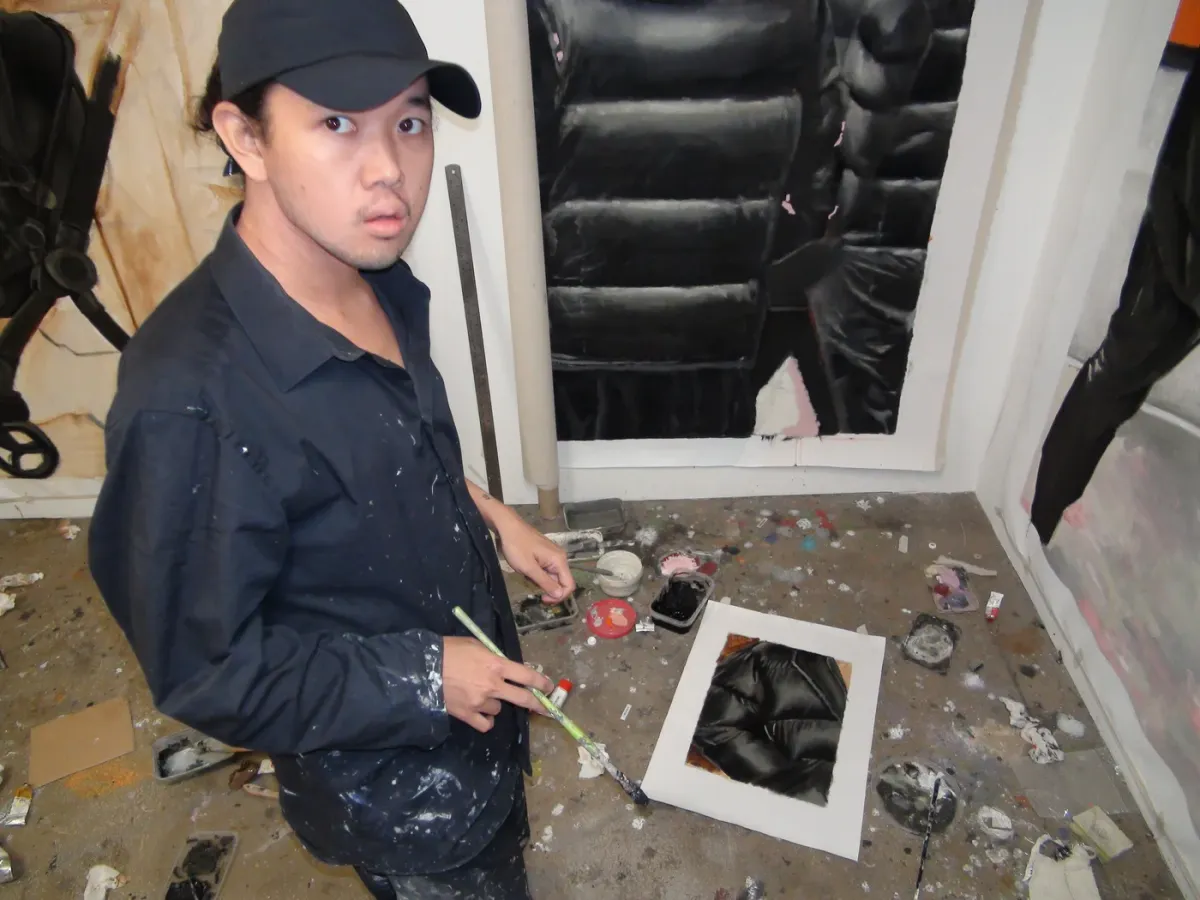
Artist Spotlight - Inagaki Yutaro

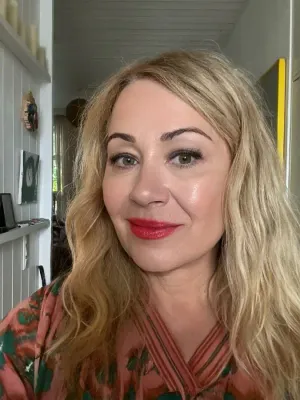
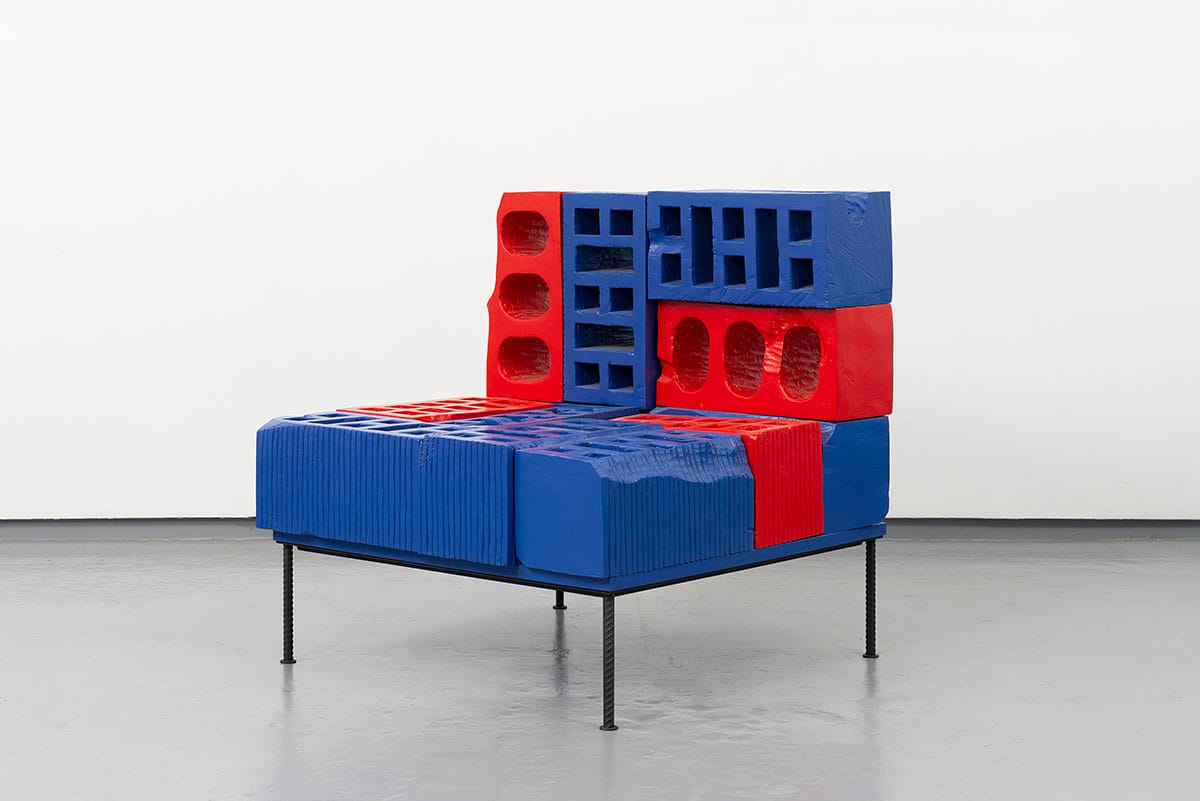



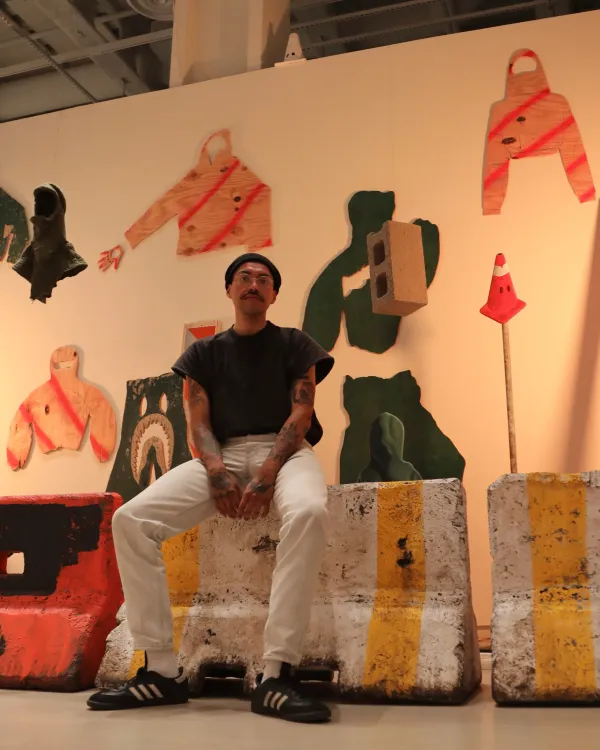
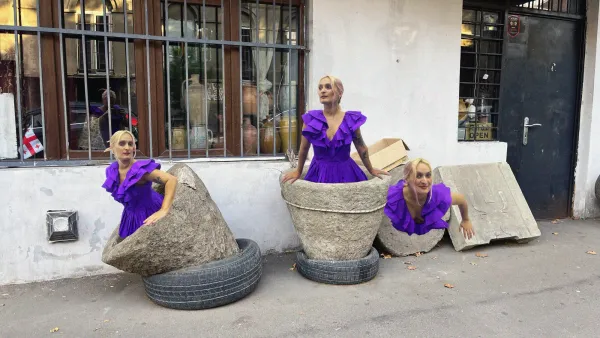
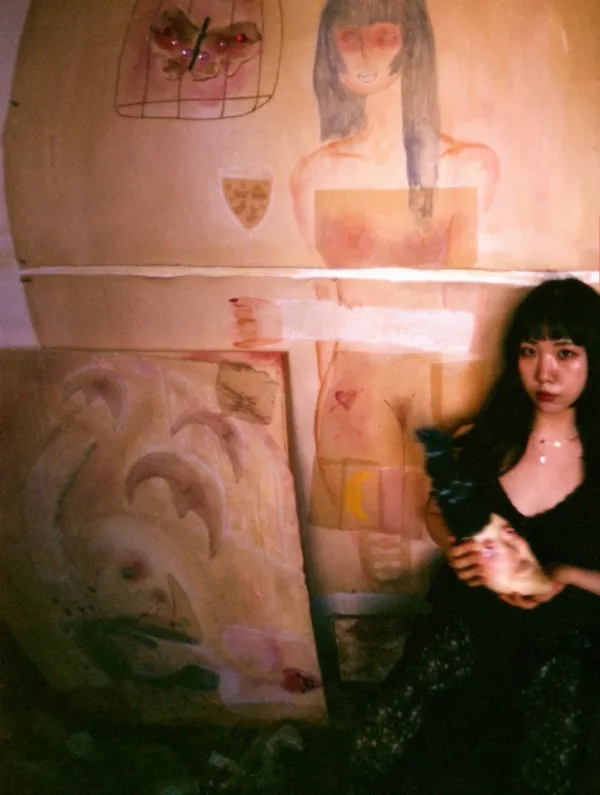
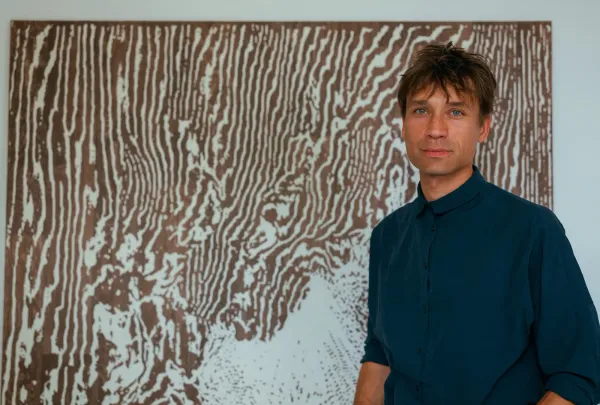
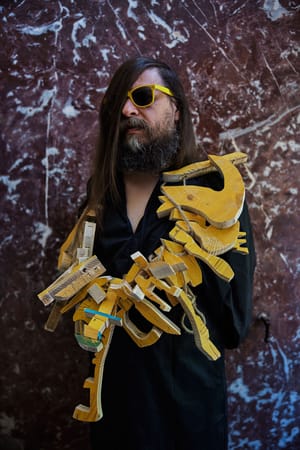
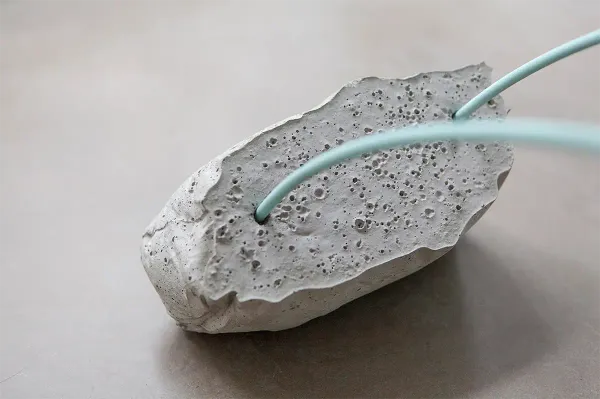
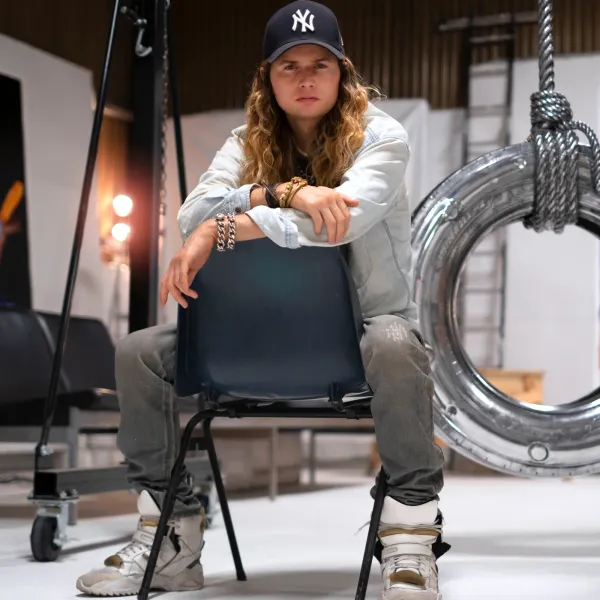
Member discussion